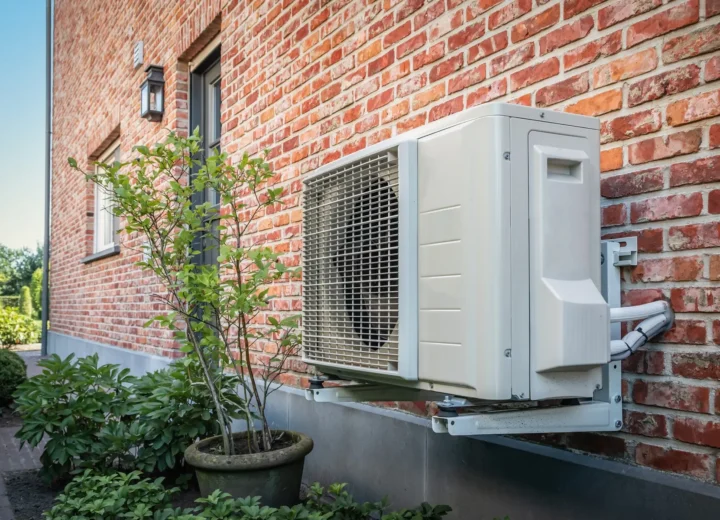Underfloor Heating and cooling or surface heating and cooling (SHC) can deliver energy savings of up to 15%1 and significantly improve the comfort of occupants. But how do you install an underfloor heating solution? And how can you make it as efficient as possible? It’s easy: you just need to follow the steps.
What is high-performance underfloor heating?
To determine an underfloor heating system’s performance, you must consider two important elements:
- Energy efficiency: is it low consumption, and what is the sustainability of the network?
- Comfort: space optimisation, temperature control and regulation, etc.
| The advantages of underfloor heating |
|
Pre-Installation: ensure that the calculations are correct
Proper sizing
Software is used to calculate the size of this type of heating system. First, a thermal study should be conducted to make sure the system will provide the right heating power while controlling the heat loss.
The results of the calculations provide useful parameters for implementation. These include loop length, initial temperature, and the water flow rate per loop.
Implementation plan
An implementation plan should be drawn up, taking into account the realities of the site and regulatory requirements. Some areas, such as chimneys, are not suitable for underfloor heating. There may also be questions about electrical connections and heating cables.
Post-Installation: 4 solutions for operational use
4 solutions to combine for comfort and an optimised performance:
Pressure regulation
You must ensure that the pressure and expansion management system is appropriately sized. This will, in turn, help you to maintain continuous high-point pressure.
Sludge management
Underfloor heating requires more attention to sludge issues than high-temperature systems.
Removing air and sludge from the network is essential, but so is the choice of technology. Standard solutions may not be suitable for extracting air from low-temperature systems. Because air dissolved more in cold water than in hot water so the network required adapted products to work efficiently.
Remove air without degassing in residential buildings
Degassing is suitable for larger buildings. But what can be used for the smaller systems in blocks of flats or private homes?
To ensure the long lifetime of the installation, you should use a degasser for low-volume and low temperatures, such as VacuStream.
Network balancing
You need to balance the loops between them, and to balance the full heating system, if your installation is composed of :
- a floor and radiator network
- several collectors of SHC
- regulation inside the collector itself
Upstream steps to follow
- a preliminary study
- network calculation and layout
These are even more important in buildings with large surface areas. These can include supermarkets, churches, warehouses, and buildings under renovation or with high ceilings.
During operational use:
You can use a thermostat to control the power supply to the emitters. For better control, we recommend using intelligent thermostats. They also offer greater comfort and energy savings of up to 15%.
Follow this advice to achieve an efficient underfloor heating system. Don’t forget to consider the European regulations that will affect your project. Do you know what the impact of the new building regulations will be?
Photo credits: H. Raab (User : Vesta) – Creative Commons
1 Source: ADEME Expertises, underfloor heating for improved energy performance





